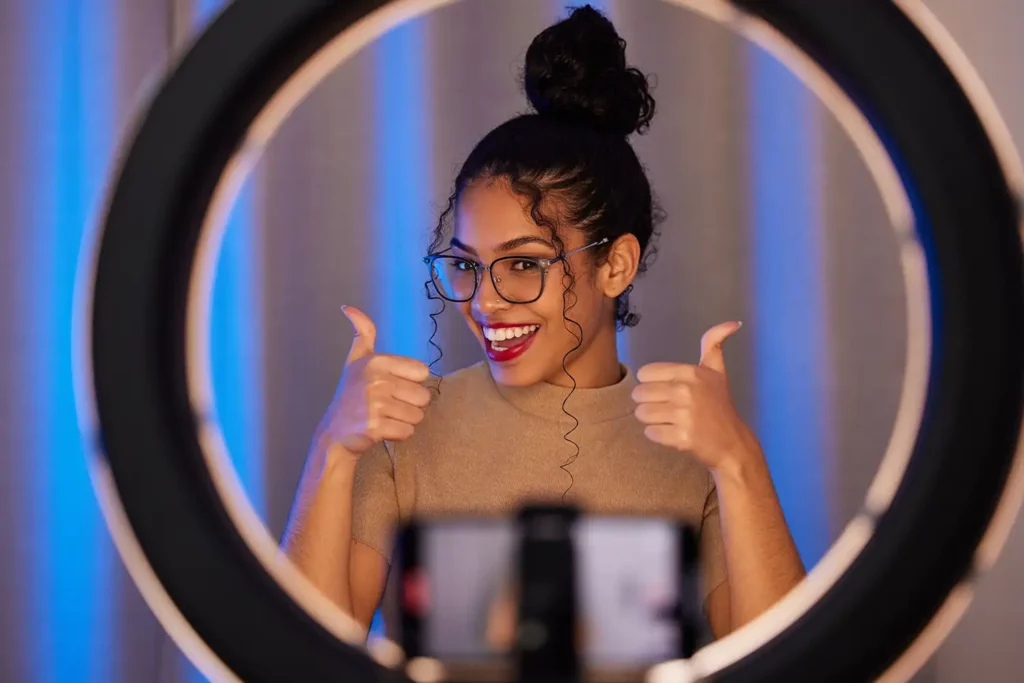Influencer marketing has become a potent tool for companies to increase the visibility and reach of their brands in the modern digital age. Leveraging the influence and credibility of individuals with large followings on social media platforms, influencer marketing allows brands to connect with their target audience in an authentic and engaging manner.
This article will explore the role of influencers in modern marketing, provide examples of successful influencer marketing campaigns, offer insights on how to collaborate with influencers, and address frequently asked questions surrounding influencer marketing.
The Power of Influencers in Modern Marketing
Influencers play a pivotal role in shaping consumer behavior and influencing purchasing decisions. Their authentic content, relatability, and trusted recommendations have made them valuable partners for brands.
By leveraging the reach and influence of influencers, businesses can tap into their engaged and loyal audience, expanding their brand visibility and driving conversions. There are four main types of influencer marketing:
Mega-influencers
Mega-influencers are individuals who have amassed a massive following and influence on social media platforms. They typically have millions of followers and are highly influential in shaping opinions, trends, and consumer behavior. Mega-influencers often collaborate with brands and businesses to promote products or services to their vast audience.
They have the ability to reach and engage with a large number of people, making them powerful voices in the digital landscape. Due to their extensive reach and influence, mega-influencers often play a significant role in shaping popular culture and driving social media trends.

Macro-influencers
Macro-influencers are individuals who have a substantial following on social media platforms, typically ranging from hundreds of thousands to a few million followers. They have built a significant online presence and are considered influential figures in specific niches or industries.
Macro-influencers have a strong impact on their followers’ opinions, lifestyles, and purchasing decisions. They often collaborate with brands and businesses to endorse products or services, leveraging their large audience to reach a wider customer base. While not as prominent as mega-influencers, macro-influencers still possess considerable influence and can effectively engage with their followers through content creation and brand partnerships. Their expertise and authority within their chosen field make them valuable assets for marketing campaigns and promotional activities.
Micro-influencers
People with a smaller but very active social media following are considered micro-influencers. They typically have a few thousand to tens of thousands of followers. Despite having a smaller reach compared to macro or mega-influencers, micro-influencers often have a more niche focus and a highly targeted audience within a specific community or interest group. They are known for their authentic and personal approach, often interacting closely with their followers and building strong relationships.
Nano-influencers
Nano-influencers are individuals who have a small but dedicated and highly engaged following on social media platforms. Usually, they have between a few hundred and a few thousand followers. What sets nano-influencers apart is their strong connection and personal relationship with their audience. They often have a niche focus and are considered experts or enthusiasts in specific areas of interest.
Finding the Right Influencers for Collaboration
When collaborating with influencers, it is crucial to find individuals who align with your brand values and resonate with your target audience. Thorough research and vetting are essential to ensure a successful partnership. Start by identifying your target audience and understanding their preferences and interests. Look for influencers who have a genuine connection to your industry or product category. Evaluate their engagement rates, audience demographics, and overall authenticity.
Examples of influencer marketing include collaborations between brands and influencers where the influencer promotes or reviews a product, hosts giveaways, provides exclusive discount codes, or creates sponsored content featuring the brand.
To maximize the effectiveness of influencer marketing campaigns, it is essential to establish clear objectives, expectations, and guidelines. Define the goals of your campaign and communicate them to the influencer. Ensure that the content created is aligned with your brand identity and resonates with the influencer’s audience. Finally, negotiate terms and compensation that are mutually beneficial and fair.

Leveraging Different Platforms for Influencer Marketing
Influencer marketing can be executed across various social media platforms, each with its unique strengths and target audience. Instagram, with its emphasis on visual content, is ideal for brand promotion and visual storytelling. YouTube is well-suited for video content and product reviews. TikTok’s short-form videos and viral trends can help brands reach a younger audience. Blogs and websites offer opportunities for long-form content and targeting niche audiences.
Measuring the Success of Influencer Marketing Campaigns
Measuring the success of influencer marketing campaigns is crucial to assess their impact and return on investment. Set key performance indicators (KPIs) that align with your campaign objectives, such as reach, engagement, conversions, or brand sentiment. Keep track of statistics like click-through rates, conversions, and shares, likes, and comments. Analyze the data to gain insights into the effectiveness of the campaign and make data-driven decisions for future collaborations.
Influencer marketing can be highly effective when executed strategically. It allows brands to tap into engaged and loyal audiences, build credibility, and reach their target market in an authentic way. However, success depends on finding the right influencers, setting clear objectives, and tracking campaign performance to measure ROI.
Conclusion
Influencer marketing has grown to be a crucial part of contemporary marketing tactics, giving companies the chance to increase brand recognition, establish connections with their target market, and boost conversion rates. Brands may harness the power of influencer marketing by comprehending the role of influencers, working effectively with them, and utilizing various channels. Influencer marketing is a worthwhile investment for companies looking to boost their brand visibility in the digital sphere despite its difficulties and drawbacks. Accept the chances that influencer marketing presents and discover fresh ways to engage and develop your audience.


